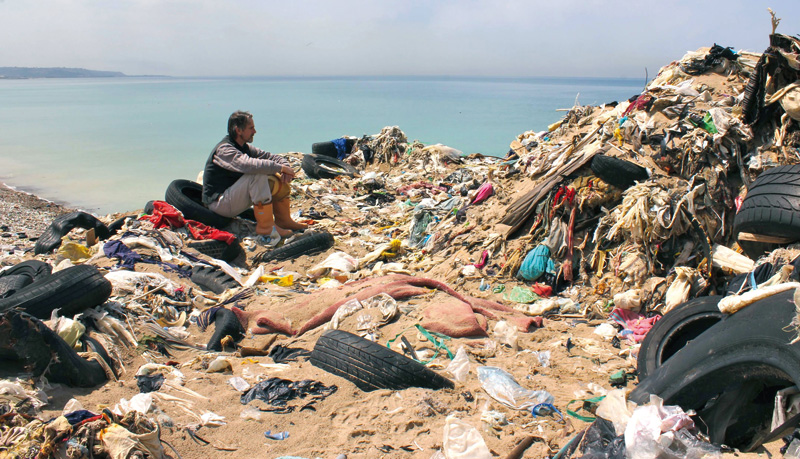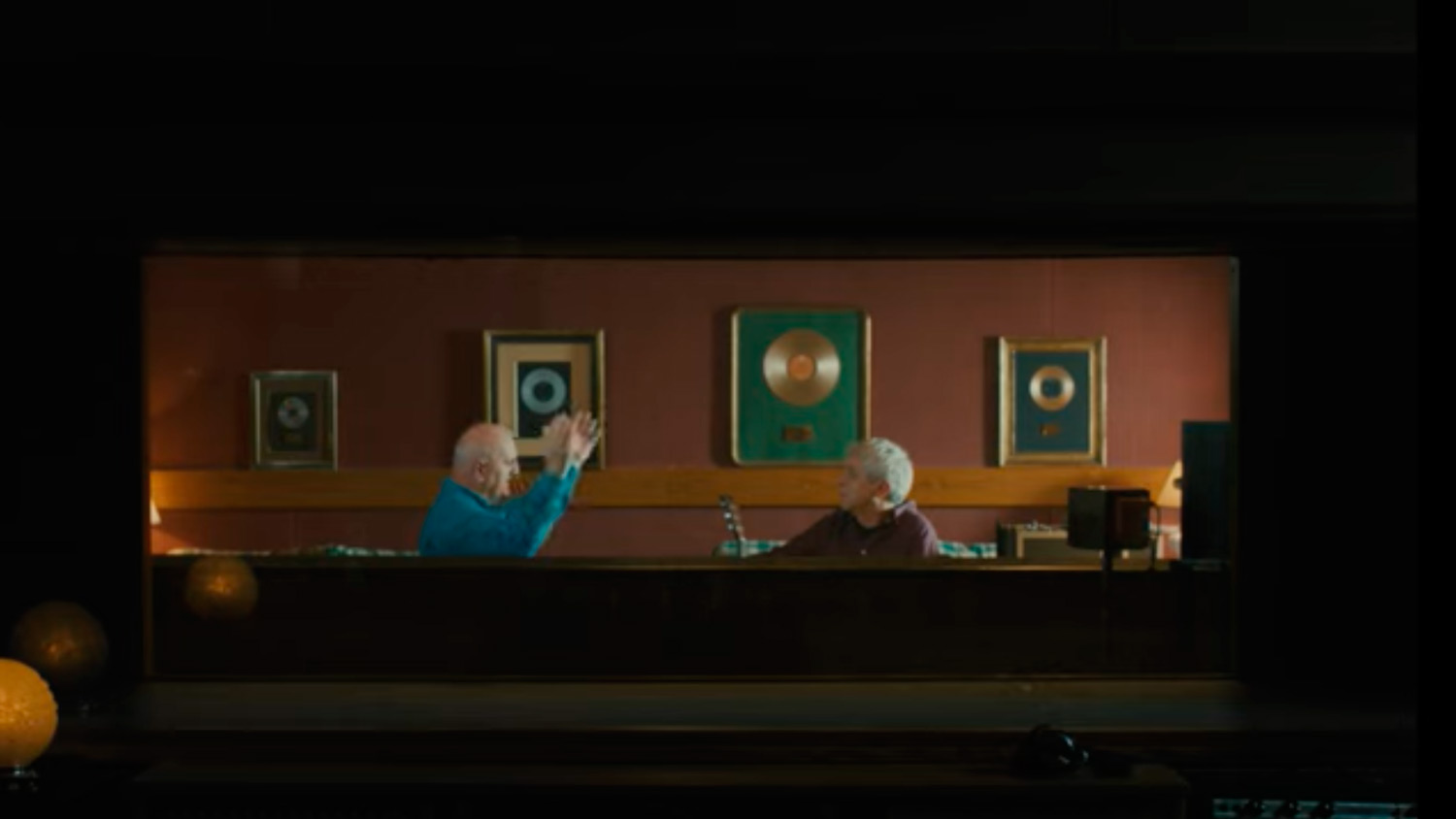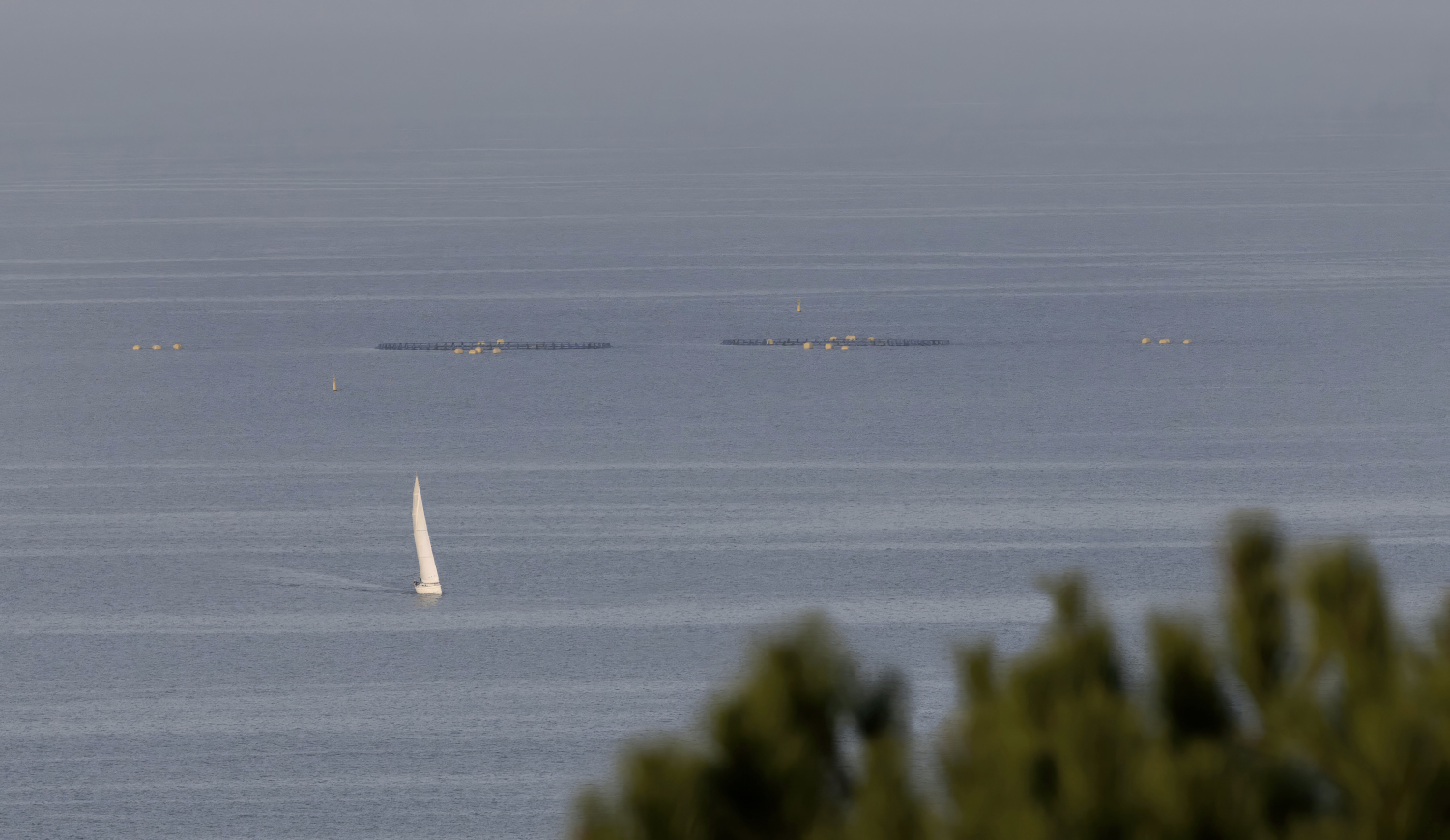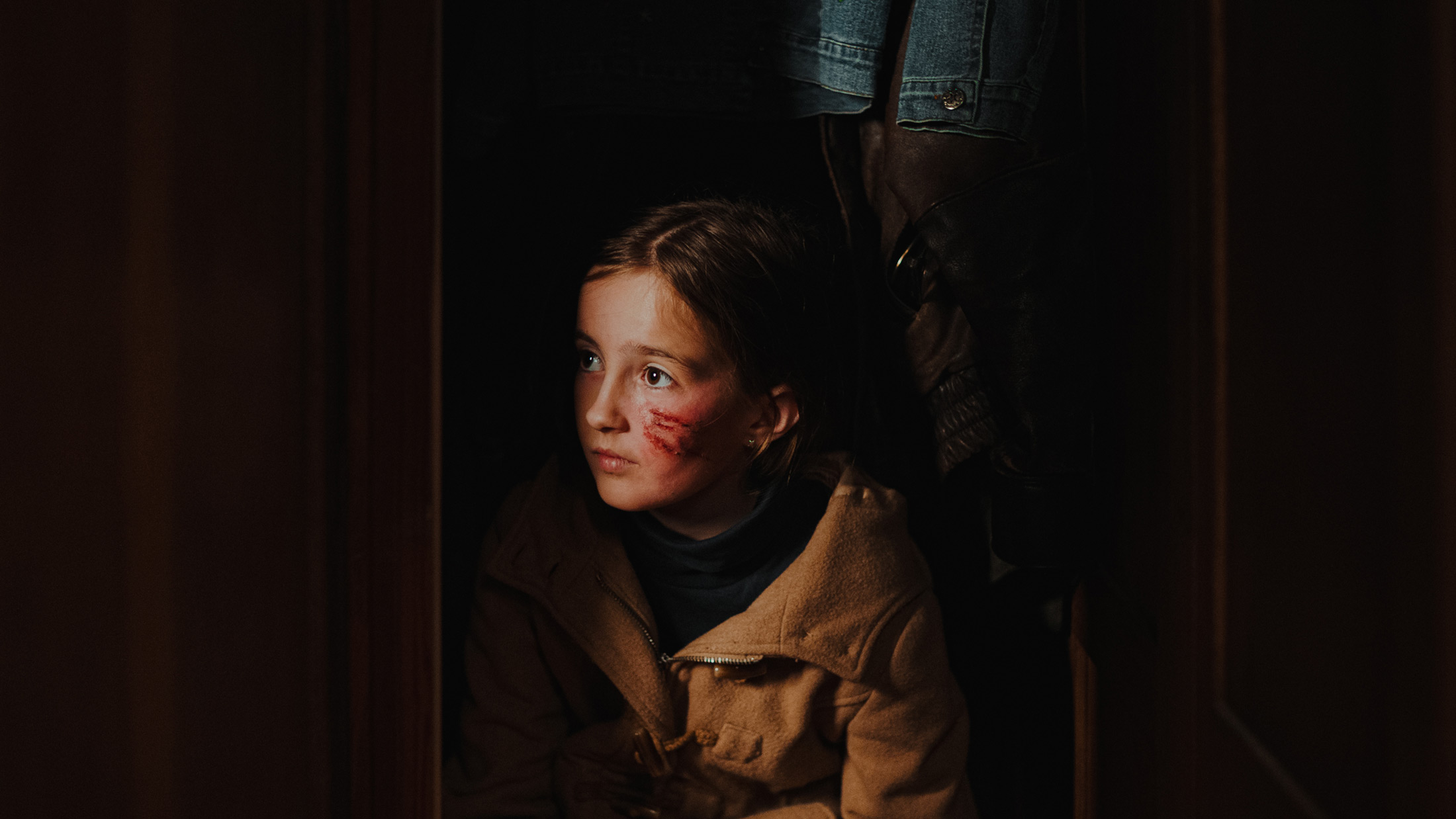Welcome to one of the most polluting industries in the world: film
- When in 1922 Robert Flaherty released the documentary Nanook of the North, he reflected the difficult relationship between human beings and natural environments, opening the doors of ethnographic film to seventh art. Since then, and especially in recent years, the issue of nature and, above all, the audiovisual media that deal with the damage caused by the human being to this environment are common. But to what extent is ecological awareness in cinema?

Front of the screen
In the wonderful film Wall-e by the Pixar factory, you will have noticed that, besides two main robots, a third indirect character flourishes: the garbage. Human pollution and garbage make life impossible on earth and, with the intention of leaving the planet and recovering its initial state, leave a battalion robot for cleaning. Use, throw away and wait for someone to solve our “problem”. Don’t think that, as the commercial presentation says, it is a simple “story about a cybernetic love.” I find it difficult for a film catalogued for “children” to be more “mature” than this one.
Using a much more rigorous treatment, of course, we have seen the issue in numerous documentaries: In the documentary Les glaneurs et la glaneuse, directed by Agnès Varda, for example, we met a group that considers the search between garbage as a concrete process. Varda traveled through cities and rural areas of France, recording with the camera everything she saw, offering the opportunity to meet the people who lived from that collection. In the 2009 documentary Plastic Planet, with less than a century of life, we discovered the damage to the material that has become universal and essential: plastic. In 2012, the well-known actor Jeremy Irons attempted to explain the effect and importance of all waste in the world with his work Trashed. He traveled all over the world, showing wonderful but equally polluted places. And maybe one of the most well-known. In the 2007 documentary An Inconvenient Truth, the risks of global warming and the main factors that cause it were reported. Climate change is an uncomfortable truth for some leaders, hence the title of the film.
Although he has at the moment touched on this issue very far, the small screen has also dealt with this issue. Proof of this could be a small phenomenon that is flourishing in the series of northern Europe in recent years: the eco-series. This is the case of the Danish series Bedrag, which focuses on renewable energies. Or the Norwegian Okkupert, which can be a science fiction script a few years ago, but it reflects a reality that is getting closer to us. Because of climate change and scarce natural resources, Norwegians have decided not to produce more oil or more gas. That is why history puts us in the near future that Russia invades Norway. With this action, they intend to take control of the entire exploitation of the country.
And finally, in the Jordskott series, full of symbolism, we constantly see trees from the natural settlements of Sweden, becoming essential elements of the plot.
Behind the screen
We can talk a lot if we want to analyse how the environmental issue has been dealt with in front of the screen. But what happens behind the camera? How do you manage the garbage that's generated in the thousands of shootings that happen every day around the world and especially in Hollywood? Are current recordings sustainable? What space does recycling occupy?
Explosions for special effects, impressive illuminations, gigantic scenes and decorated that are built… According to a study published in 2006 by the Californian university UCLA, the city’s environment is more affected by the Hollywood film and television industries than by sectors such as hotel, textiles, automobile or aeronautics. Only the oil industry surpasses them. The production of over 140,000 tons of polluting particles per year, including the audiovisual industries, is Los Angeles smog.
Without considering the pre-production and post-production phases, we have made a Top-5 of the bad habits of any filming:
1) They need a diesel light installation to illuminate all recording sets. It may be on between 18 and 20 hours a day, 6 days a week, 5 to 10 weeks or more.
2) A lot of truck and van is used to transport the entire recording equipment, as well as hundreds of people working in a shooting.
3) In caterings, hundreds of cups and plastic dishes are used. They throw a lot of bottles of water and, with it, water that's wasted because people don't want to walk over the bottle during all the shooting.
4) Most of the material used in the artistic field is discarded. There's hardly any culture of reuse.
5) Despite the fact that we are in the digital age and that this damage is gradually being reduced, several paper packets are still used each day to print text scripts or specific sequences.
Sustainable examples
In recent years, many groups have been mobilised in favour of an environmental commitment. A Guide to Good Practice has been created, driven by the US film association or Hollywood Goes Green, for example, for studies to strengthen the commitment to work responsibly with the environment: recycling 65% of waste, substituting fuels with biodiesel, using energy-saving light bulbs, substituting e-mails for recycled paper to the fullest, removing private movie star aircraft and prioritizing conventional flights, building all sets with recycled materials.
But, in addition to that effort, they should promote real commitment and achieve general consensus. Even more so films with an ecological message. As in The Day 2004 with After Tomorrow, for example: an abusive catastrophic event was represented, demonstrating that global warming would lead to a glacial state, and after nearly $700 million of profit, producers used about 200 million to plant trees and other sustainable activities. However, the damage caused by 10,000 tonnes of carbon dioxide caused by the shooting was nothing more than a measure to calm the whirlwind provoked in his conscience. There is no need for such a fuss and exaggeration, but for changes from small and everyday life.
Much more interesting is the philosophy of the film Away We Go, directed by Sam Mendes in 2009 and which has a great success. The film is shot to tell the story of a couple leaving the village in which they live and looking for a suitable place for their baby. But above all, to show that cinema can become ecologically sustainable and responsible. The effort was quite great, as for almost a century the cinema has been done in one way: getting infected. Together with the advisory team Green Media Solutions, they used biodiesel for all lighting; hybrid cars and bicycles to move work equipment and all material; totally prohibited plastic bottles; reusable aluminum thermos; the entire fleet was biodegradable; 51% of the waste generated by the decorates was reused and the remaining 49% was recycled; and most of the organic matter was used for composting.
In other productions there are also small efforts: In the excellent HBO Boardwalk Empire series, for example, all garments are second-hand and one third of hybrid vehicles. At It’s Complicated, starring Meryl Streep, the leftover fruit and all the food left over was distributed. When they finished rolling Matrix, they looked for a second use of the whole decor: They were used to build homes for families with no resources living in Mexico.
It is clear that film can be a weapon, a loudspeaker, a magnifying glass, a very effective means of communication that can drive the reflection of people from different social classes. But these examples are an exception and not a rule. Unfortunately, we still have to say that the film industry is one of the most polluting in the world.
Itoiz, udako sesioak filma estreinatu dute zinema aretoetan. Juan Carlos Perez taldekidearen hitz eta doinuak biltzen ditu Larraitz Zuazo, Zuri Goikoetxea eta Ainhoa Andrakaren filmak. Haiekin mintzatu gara Metropoli Foralean.






















